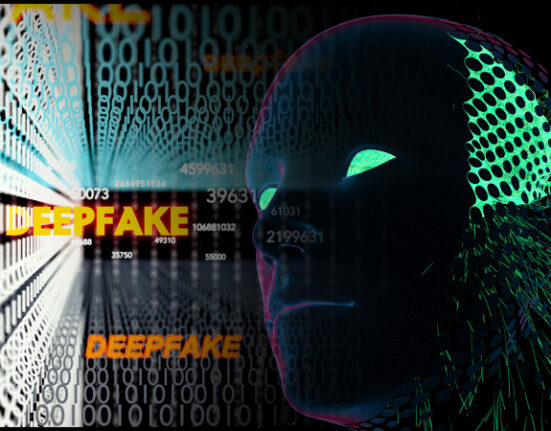Cryptography is an essential aspect of modern-day digital communication and data security. In a world that is increasingly interconnected, the need to protect sensitive information from unauthorized access has become paramount. Cryptography provides the means to achieve this by encoding information in a way that can only be understood by authorized parties. By leveraging encryption algorithms and cryptographic keys, cryptography ensures that data remains confidential, secure, and tamper-proof.
The word “cryptography” is derived from the Greek words “kryptos,” meaning “secret” or “hidden,” and “graphein,” meaning “writing.” It involves the practice of encoding information in such a way that it becomes unintelligible to anyone who doesn’t possess the necessary key to decrypt it. This art of secret writing has been used for centuries, with ancient civilizations employing various ciphers and codes to protect sensitive information.
With the advent of modern technology, cryptography has evolved to keep pace with the growing complexity of digital communication. Today, it encompasses a wide range of techniques and algorithms that are used to secure data transmission, authenticate users, and ensure data integrity. From securing online transactions to protecting sensitive personal information, cryptography plays a crucial role in safeguarding our digital lives.
The Evolution of Cryptography
Cryptography has come a long way since its inception. Ancient civilizations used simple ciphers and codes to protect their communications, while modern cryptography leverages advanced mathematical concepts and computer science to achieve a higher level of security. One of the significant developments in cryptography was the introduction of asymmetric encryption, which revolutionized the field by enabling secure communication without the need for a shared key. This innovation paved the way for secure online transactions and the widespread use of cryptography in various applications.
From Ancient Ciphers to Modern Algorithms
In ancient times, cryptography relied on simple substitution ciphers, such as the Caesar cipher, which involved shifting letters in the alphabet by a fixed number. Julius Caesar is said to have used this cipher to encrypt his messages. Over time, more sophisticated encryption algorithms and mathematical concepts were developed, leading to the birth of modern cryptography.
Modern cryptography is based on complex mathematical principles and algorithms that ensure the security and confidentiality of data. These algorithms, such as the Advanced Encryption Standard (AES), use mathematical operations to transform plaintext into ciphertext, making it nearly impossible for unauthorized parties to decipher the original message. The strength of modern encryption lies in the complexity of these algorithms, which are designed to withstand attacks and ensure the security of sensitive information.











